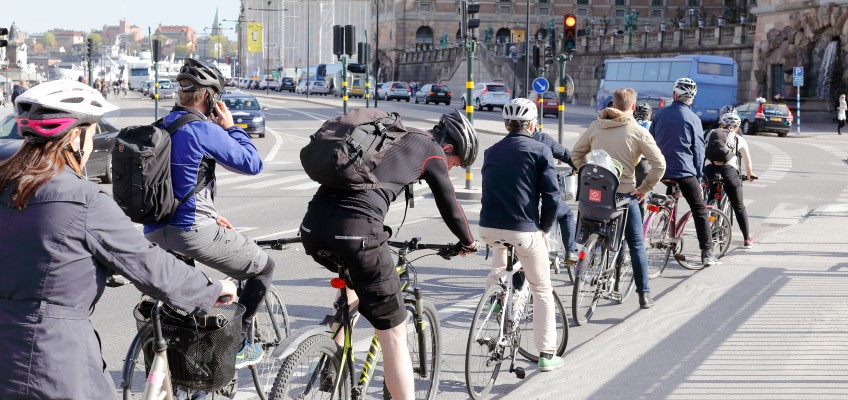How does the transport system contribute to increased health?

Transport Analysis’s remit includes an annual follow-up of the transport policy objectives. In 2018 Transport Analysis received a special government commission to present in-depth follow-ups of certain aspects of the transport policy objectives. In 2019 Transport Analysis worked on a thematic, in-depth follow-up with a focus on health and the living environment. In the summer of 2019, Transport Analysis published the sub-report In-depth objective follow-up: living environment and health as part of this effort.
Summary report and full report (in Swedish)
We have analysed the connections between Sweden’s transport policy objectives and public health objectives in order to better understand the impact of the transport system on human health. Phrases regarding robust health are found in the transport policy’s impact objective. However, our analysis shows that the functional accessibility objective has many ties to public health as well.
Our report shows that, in the current transport circumstances, active travel has very great positive health effects. These positive effects would be increased further if more people were to choose walking or cycling. If active travel replaces motorised transport, it would in turn be able to reduce the negative effects of the transport system in the form of air pollution and noise. Moreover, a higher share of walking and cycling could also help free up attractive surfaces in urban environments and contribute to achieving the climate objectives.
Our assessment, based on the potential benefits of active travel, is that it should continue to be a major emphasis in Swedish transport policy and infrastructure planning. The orientation should be toward finding effective measures for realising these potential benefits. The specific groups that share the benefits of measures to improve the conditions surrounding the choice of active travel should be considered as well.
